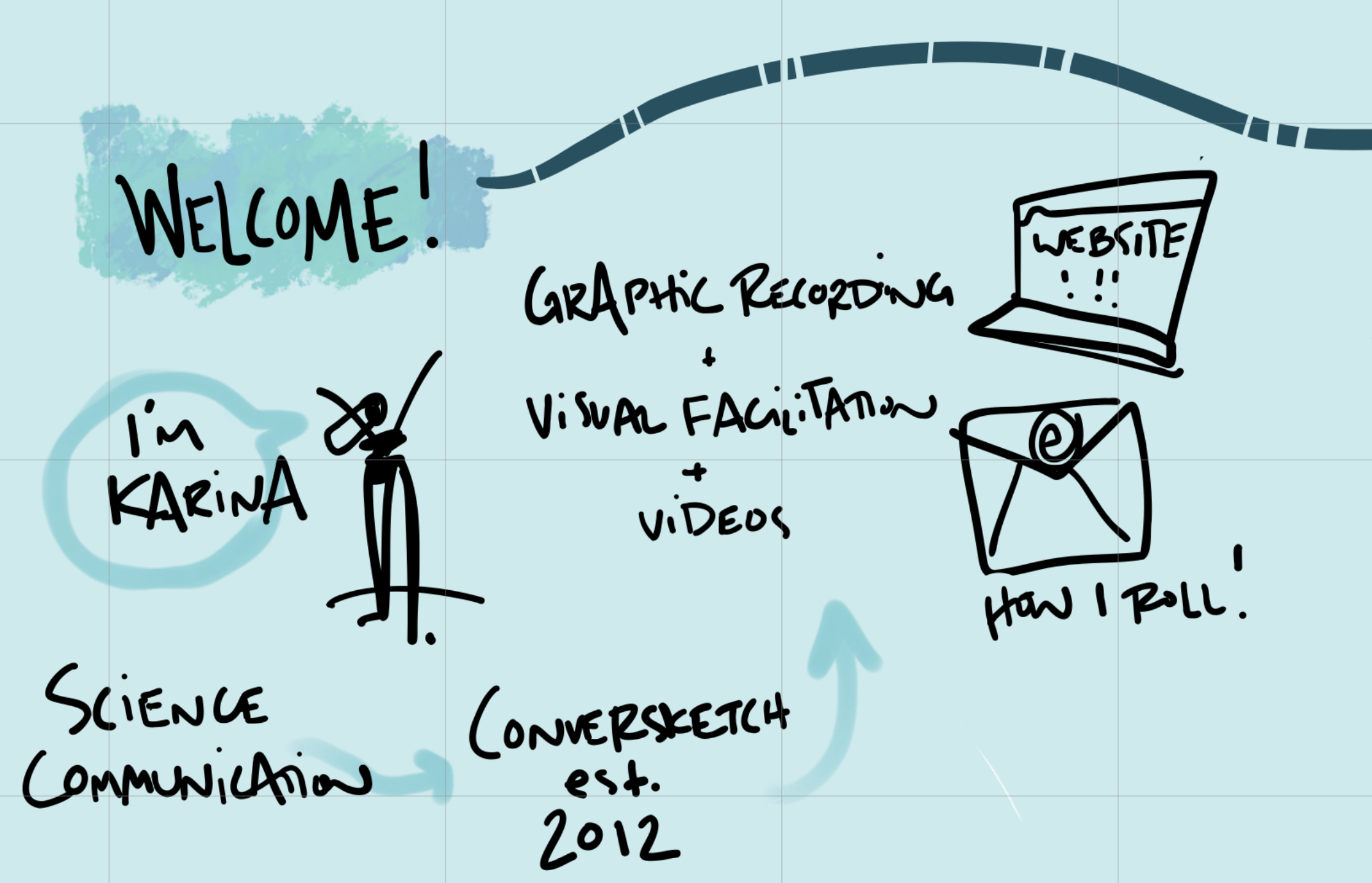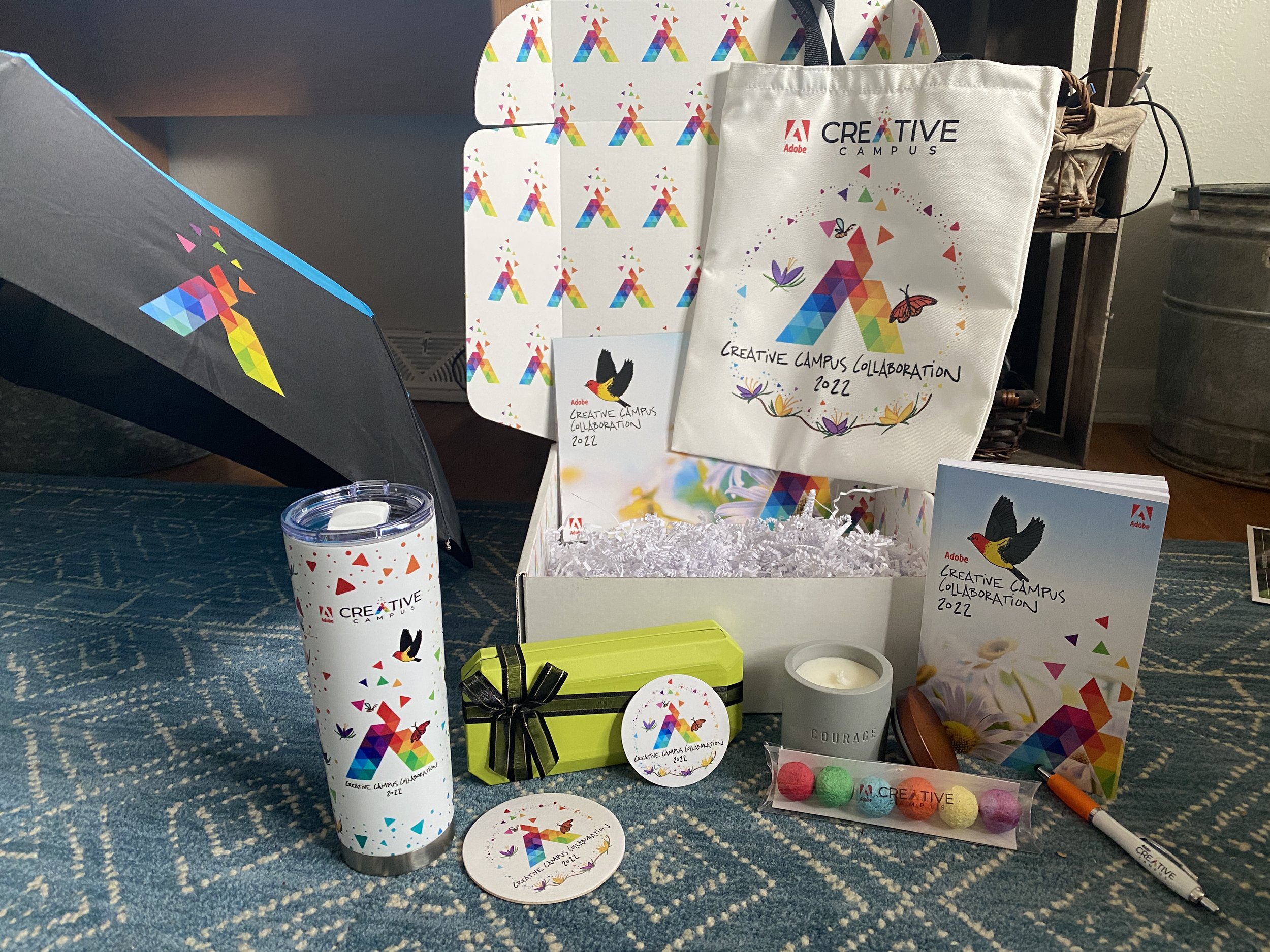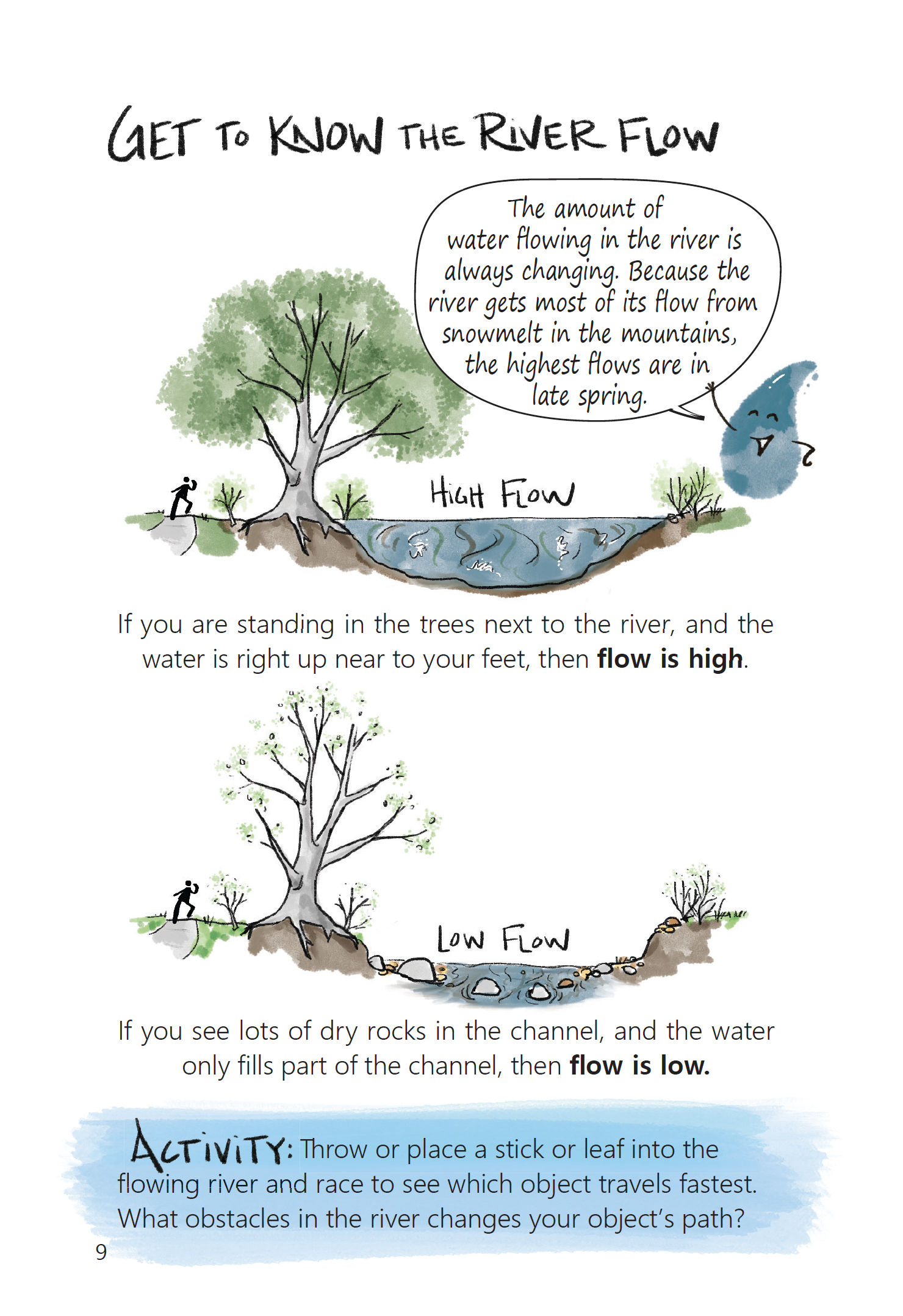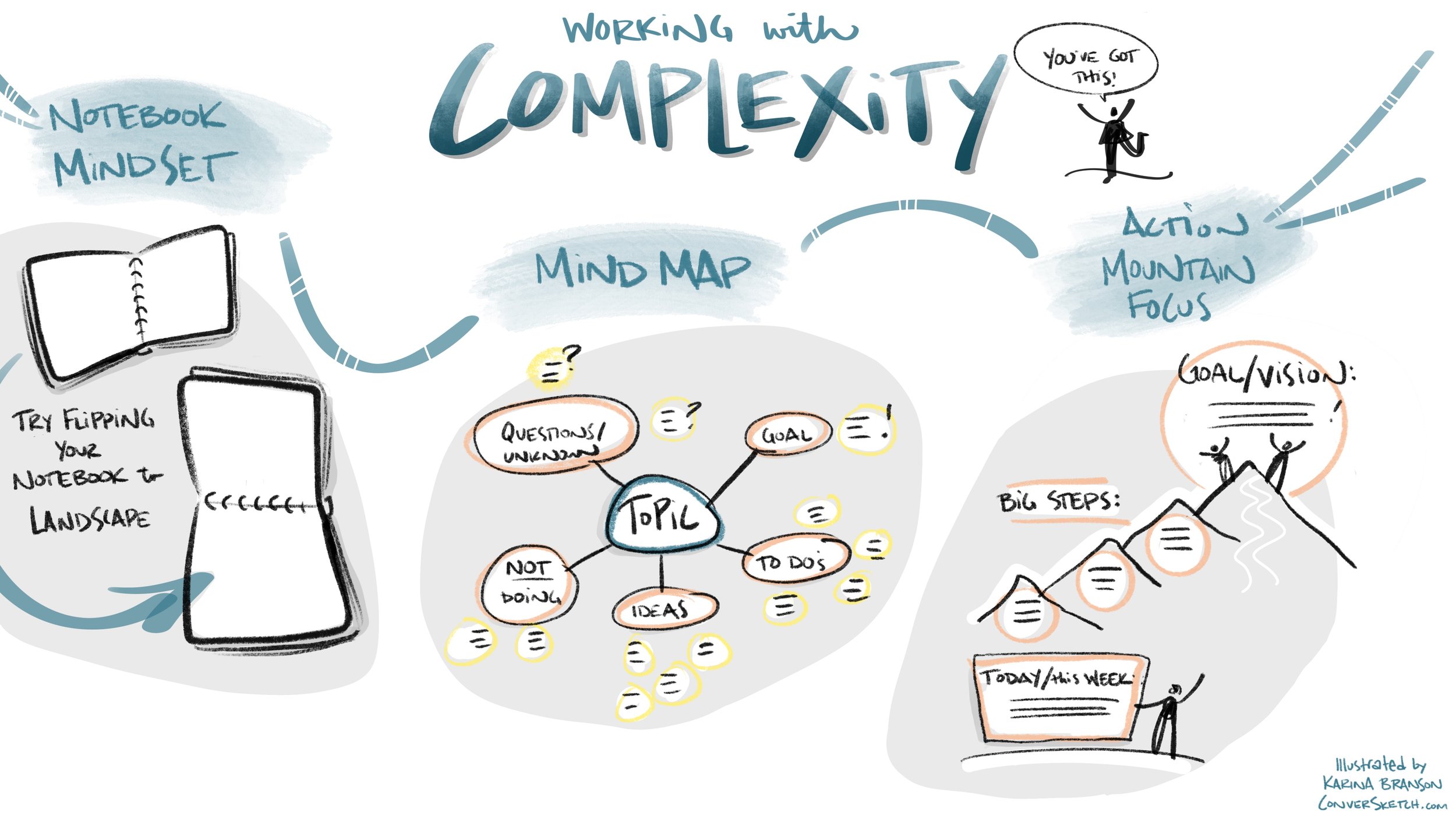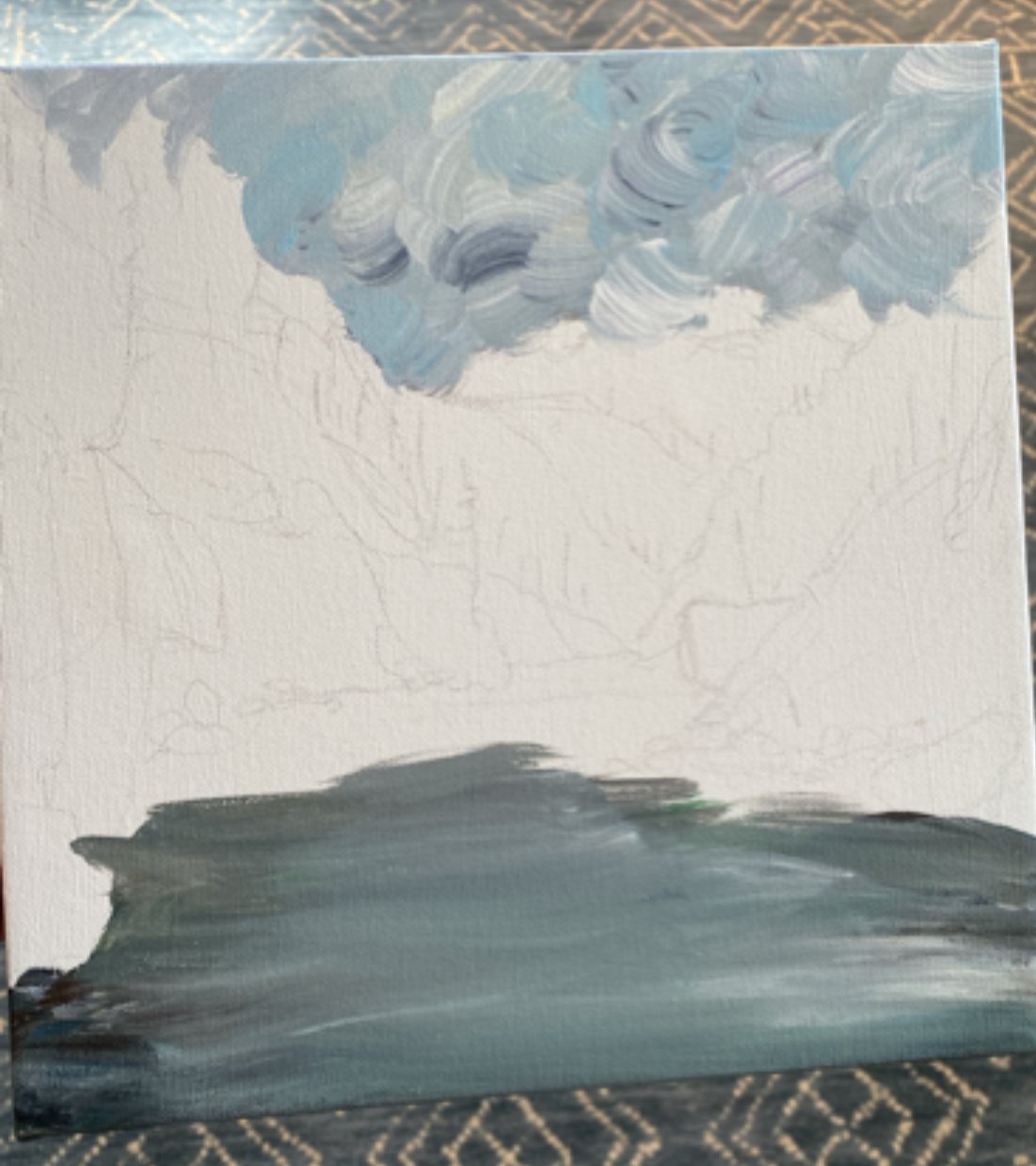Do you ever feel like you can’t draw? I felt that way too. In fact, I dropped my art degree in college because I didn’t think I was “good enough”.
On a recent graphic recording job, someone remarked “I wish I could draw like that!” and I replied, as I almost always do, “anyone can draw!”. You might roll your eyes at me, but roll with me for a sentence or two.
When you were a kid and someone gave you paper and markers and said “go for it”, that’s exactly what you’d do, right? Those papers would be covered in stories, made up worlds, families! Then…something changes along the way and you start to doubt. And draw less. And less.
You (probably) wouldn’t run a marathon without training, right?
Why on earth would we expect ourselves to be excellent at something we don’t allow ourselves to practice?
The generous and talented late Howard Ikemoto put it better:
“When my daughter was about seven years old, she asked me one day what I did at work. I told her I worked at the college- that my job was to teach people how to draw. She stared back at me, incredulous, and said, ‘You mean they forget?’”
So give yourself a chance. A blank piece of paper can be intimidating. To get over that, you can cut straight to the chase and make a title in the center of the page, or start with making some marks in the corners, playfully, that loosen you up. Here’s a blog post where I show another fun way to get used to making marks on blank pieces of paper.
Once again, thank you from my heart and soul for your support, great senses of humor, brilliant minds, collaboration and what you're each doing to make the world a better place.
Cheers,
Where in the Virtual World is ConverSketch?
I’m teaching a workshop…today! This morning (CO time) I’m sharing my insights and practices for email marketing with my colleagues for the International Forum of Visual Practitioners - here’s a snippet of the outline I’m going to be working through with participants.
Adobe Creative Campus: Not only did I get to illustrate the presentations and key ideas from the Creative Campus Collaboration, I also got to design some swag for the participants – check out this tote and tumbler! The team at Adobe also crushed it and had this page highlighting the graphics and sound bites put together by the end of the day.
Denver: An in-person job – hooray! Working on paper and with chalks to support higher education executives and CIOs discussing how to support students in a digital age.


